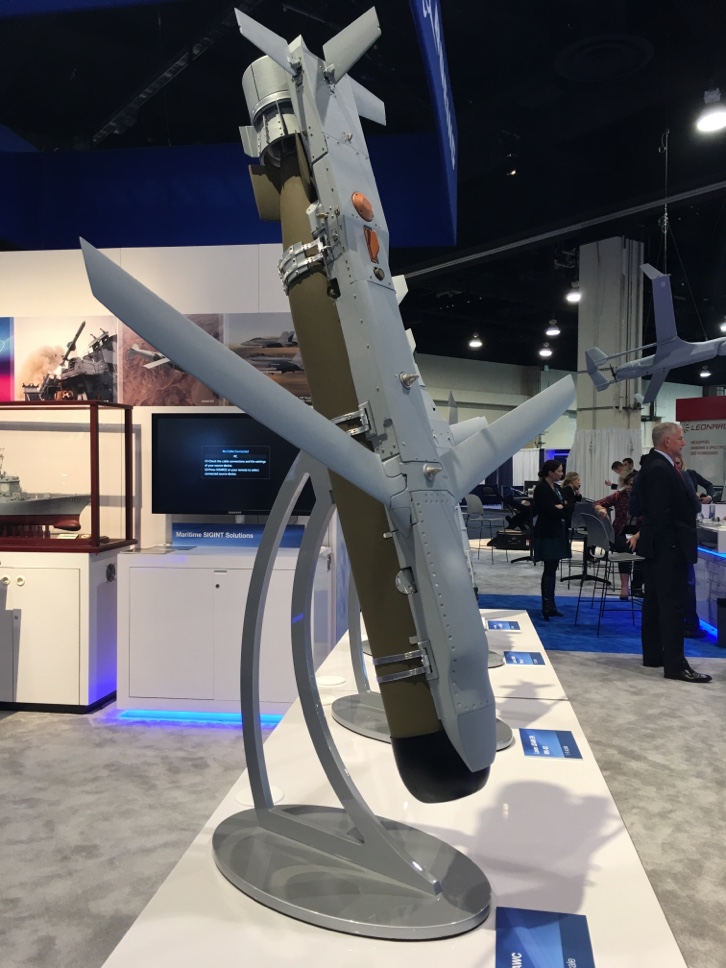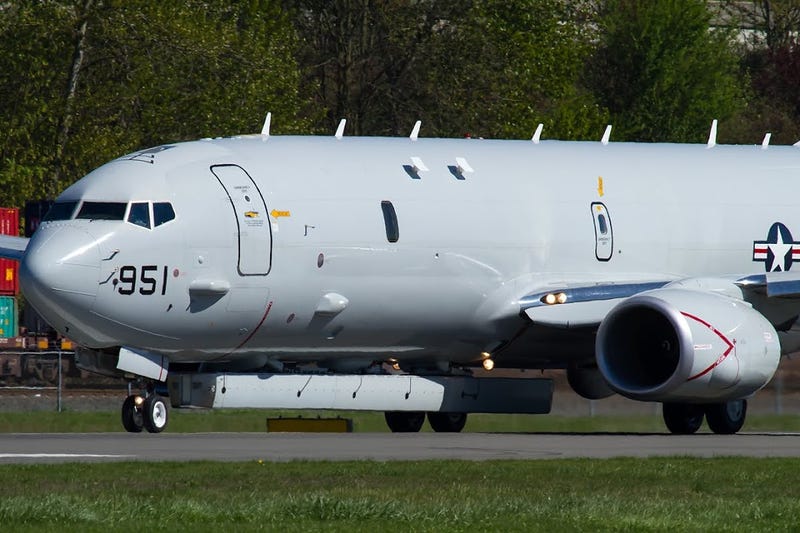So you say.
Have you forgotten that the P-8 can carry long range anti ship missiles and long range air dropped torpedoes? They will hunt for submarines or semi submersible platforms even from long distance.
https://www.flightglobal.com/news/articles/us-navy-on-track-for-high-altitude-p-8a-weapon-435653/
A new torpedo upgrade that will fundamentally change the way US Navy airmen hunt submarines is on track to seek approval to begin low-rate initial production later this year, Boeing and Navy officials say on 28 March.
The High Altitude Anti-submarine warfare Weapon Capability (HAAWC) is in the midst of safe separation tests from the Boeing P-8A Poseidon. A guided flight test is planned in late Fiscal 2017, allowing the programme potentially to order 140 high-altitude torpedoes total over the first two lots.
Following operational testing scheduled for completion by FY 2020, HAAWC also will be available to the P-8 fleet’s foreign customers, which currently include Australia, India and the UK, says Capt Tony Rossi, programme manager for Maritime Patrol and Reconnsassance Aircraft.
The HAAWC integrates an air-launched accessory (ALA) kit with a GPS guidance system and folding wings onto a standard Mk54 torpedo. Boeing describes the HAAWC release ceiling as “up to 30,000ft”, but the precise maximum altitude is under discussion and could be higher.
The capability potentially transforms a typically low-altitude anti-submarine warfare (ASW) mission, as practiced for decades by Lockheed P-3C Orion crews, who are required to skim the wave tops at 100ft to release torpedoes.
In the Multi-mission Maritime Aircraft (MMA) competition that led to the P-8A’s selection in 2004, Boeing officials were careful to emphasize that the 737-800ERX-derived aircraft could perform the same low-altitude ASW mission. The company even organised flights for sceptical P-3C crews and journalists, swooping down from 41,000ft on an ocean vessel, leveling off at 200ft and performing tight turns to make multiple surveillance passes of a simulated target.
Despite the company’s marketing, the navy’s ASW community were already eager to dispense with such laborious low-altitude operations, Rossi says. Indeed, the navy deleted the magnetic anomaly detector from the P-8A configuration, the only sensor that demands the aircraft fly at low altitudes.
“If it’s not something that drives you to low altitude, I’m not sure why you would go there,” Rossi says.
The P-8A has “no problem with low-altitude,” Rossi says. But the navy prefers to operate the aircraft at higher altitudes, where crews are less fatigues and can take full advantage of the Poseidon’s sensor suite, including a multi-mode radar, electro-optical/infrared camera and a multi-static active coherent acoustic system.
The HAAWC is expected to be fielded in 2020 with an initial capability that could be upgraded later. The initial configuration lacks a data link to allow the weapon to receive target updates from the P-8A launch platform en route to the moving target. Studies are underway to determine the requirements for the data link, Boeing says. But the HAAWC meets the navy’s standards for targeting accuracy without an in-flight navigation update.
Even with low radar signature it can be detected. Heck there are radars that can detect periscopes and those are smaller than sails especially when submarines are at periscope depth, still under water. And as I have said before radars for anti air or land attack is huge making sails huge.
I mean just looking at that Chinese concept pic its got 2 sails front and back, and the hull is not even fully submerged.












